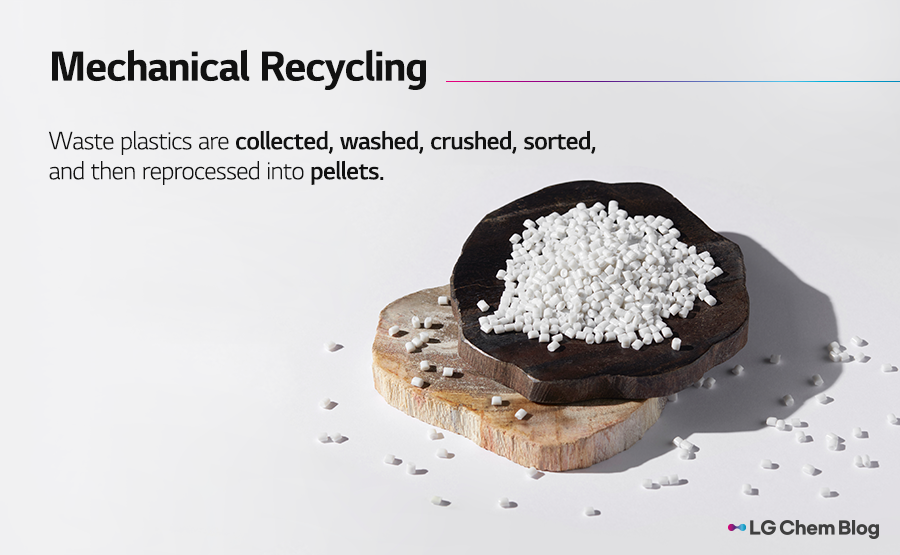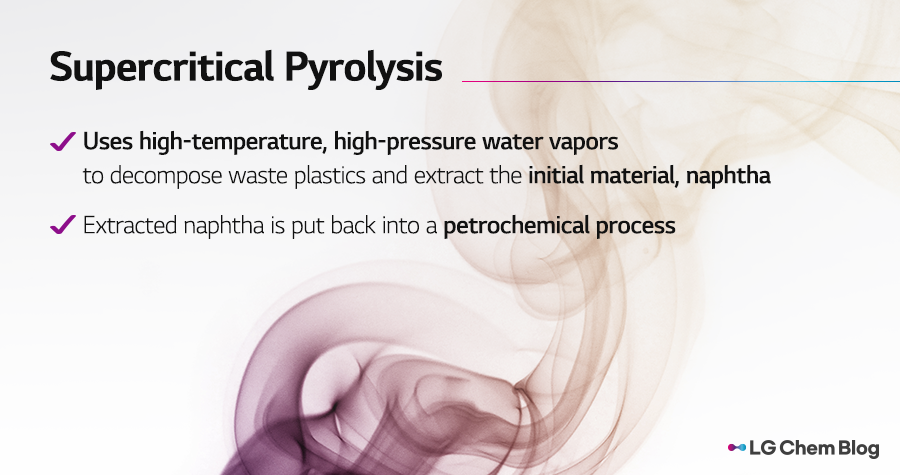Plastic is one of the materials that has changed the course of human history. Thanks to the introduction of plastic, human life has become more prosperous. Since the advent of plastic, people have been able to create clothes using thin yet robust fibers and sturdy and easy-to-use everyday items. In hospitals, plastic has been used instead of hard-to-sterilize and fragile glass and rubber tubing due to its durability and ease of processing. Plastic was called the “God’s gift of the 20th century.”
Currently, however, plastic has become one of the problems that humans must solve. It is due to the problem of discarded plastic waste after use. Is there a brilliant solution to the problem of plastic waste?
Plastic Waste, Is There a Clear Solution?
According to the OECD’s <Global Plastics Outlook: Policy Scenarios to 2060> report released in 2022, the amount of plastic waste, which was 353 million tons in 2019, is expected to increase to 1.014 billion tons by 2060. In addition, the OECD stated that only 9% of the world’s plastic waste was recycled as of 2019, with the remaining 18% incinerated, 50% landfilled, and 22% inadequately managed (discarded in poor countries’ land or marine environment). The world is now producing twice as much plastic waste as it did 20 years ago, and most of it ends up in landfills or is incinerated, affecting the environment. Why is the plastic recycling rate so low when plastic waste is increasing day by day? Why can’t plastic be 100% recyclable?

Until now, waste plastics have been mostly recycled in a mechanical manner. Specifically, discarded plastics are collected, washed, crushed, and then made into pellets. These recycled pellets and virgin pellets are mixed at a certain ratio and processed into plastic materials. However, this method has limitations as it leaves impurities even if plastics are thoroughly washed, and impurities hinder recycling. Also, recycled pellets are of poor quality due to additives injected during the process of making plastic. For this reason, the amount of plastic that can be salvaged and recycled from waste plastics is quite limited. Mechanical recycling is one of the ways to deal with waste plastics, but it cannot fully solve the problem.
Supercritical pyrolysis, restoring plastic back to its base materials
Then is there another solution? Science gives us a glimpse of hope in the form of chemical recycling. However, this approach involves complex technology as waste plastics should be decomposed into monomers of small molecular weights and then their chains should be reconnected. LG Chem has been keenly aware of the importance of chemical recycling and explored various approaches for alternative recycling methods to mechanical. LG Chem decided to build a plant for super-critical pyrolysis oil in Dangjin, Chungnam, Korea by 2024.

Supercritical pyrolysis is a chemical recycling technology that uses high-temperature, high-pressure water vapors to decompose waste plastics. By using this technology, snack packages, lids of ready-cooked rice, and other plastic containers can be recycled that could not be recycled before. The greatest difficulty in recycling plastic comes from complex composites of multiple materials (OTHER). With supercritical pyrolysis, polyethylene (PE) and polypropylene (PP) are decomposed under high temperature and high pressure to extract naphtha, which in turn, can be put into a petrochemical process. When 10 tons of vinyl and waste plastics are put into the chemical recycling process, more than eight tons of pyrolysis oil can be extracted. The other two tons of byproduct gas can be reused to generate supercritical vapor, providing energy for a plant operation. That is, waste plastics can be fully recycled. LG Chem has top-level productivity for chemical recycling among their peers in the chemical industry.
A Technology to Save Humanity, the Future
For supercritical pyrolysis, LG Chem will collaborate with a UK-based company called Mura Technology, which has a proprietary chemical recycling technology. In October 2021, LG Chem invested in Mura Technology to strengthen their value chain in the recycling industry. Recently, LG Chem signed a technology licensing and engineering contract for the basic design of a supercritical pyrolysis oil plant with KBR (Kellogg Brown & Root), a global engineering and service company that owns the technology rights to Mura’s technology, after completing a technical feasibility study. When the supercritical pyrolysis oil plant in Dangjin, Chungnam, Korea starts to operate, LG Chem plans to verify the practical product and consider additional expansion based on the market situation.

In terms of the pyrolysis oil that can extract waste plastic, the global chemical recycling market was 700,000 tons in 2020. It is estimated to grow by an annual average of more than 17% to reach 3.3 million tons in 2030. As a global science company, LG Chem is conducting research and development to develop chemical recycling technology themselves. LG Chem also plans to expand cooperation with research institutions, small and medium-sized enterprises, startups, and other entities in the global market that possess recycling technology and raw materials. Chemical recycling is an important issue that affects the future of humanity. Building chemical recycling facilities and establishing a circular economy for plastic will be vital to securing the Earth’s future.
LG Chem will continue to research plastic recycling, both chemically and mechanically, whilst strengthening their R&D in eco-friendly materials and technologies. As a science company leading sustainability, LG Chem will not be content with just building pyrolysis plants; LG Chem will continue challenging themselves to create a sustainable future.






There are no comments yet! Be the first to let us know your thoughts!